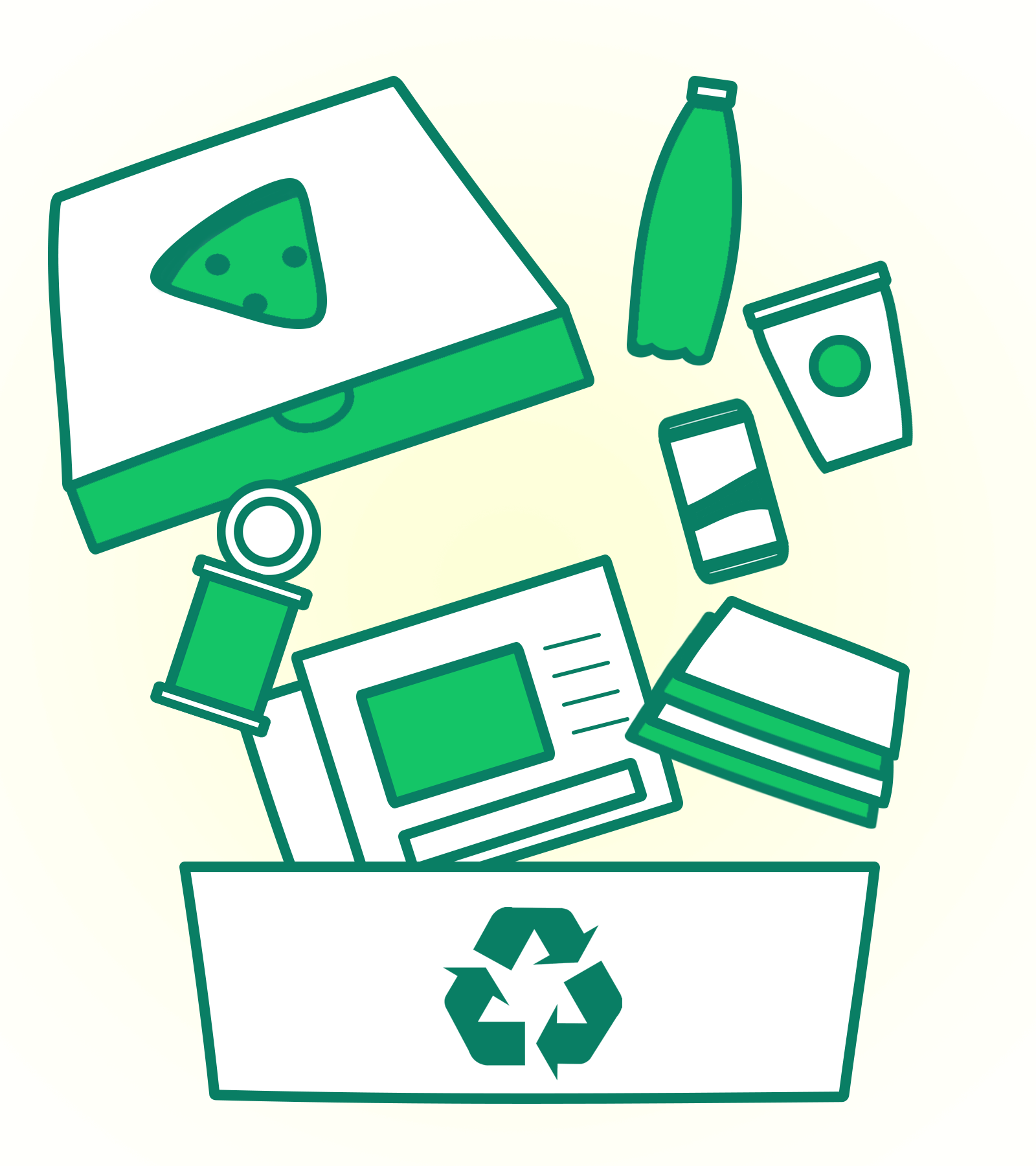One piece of Prairie State’s broader sustainability program includes campus recycling. Every person’s actions have an impact, and we encourage our employees to incorporate recycling into their daily work habits.
In 2019, Prairie State employees gave new life to more than 124,000 pounds of materials through single-stream recycling. This method of recycling collects various materials, including bottles, cans, and paper, in a single bin. These bins are then transported to a local Material Recovery Facility (MRF).
At the MRF, materials are unloaded and inspected before entering the conveyor system. From there, items are presorted to remove anything that can’t be recycled; this includes plastic bags, which could shut down the entire MRF if they entered the system.
Next, the materials cross a series of screens that separate paper products from the mix. A conveyor screen picks out cardboard boxes for storage before they are inspected and recycled. Agitators pull remaining paper off the belt for another round of quality sorting before being baled and shipped. From the remaining material, magnets are used to remove steel items. The rest of the stream runs through optical scanners, which use infrared lights to detect different types of plastic before jets of air separate these plastics into bunkers.
Finally, an eddy current gives aluminum cans a negative charge, which repels them down a chute and into storage before baling. Large quantities of any given material are compacted into bales, which are then moved to a storage area for inspection and distribution. After everything has been sorted and baled, these materials are sent across the globe based on demand for recycled products.
While it may seem complicated, single-stream recycling simplifies the process for the average person. In some areas, it’s led to recycling rates increasing up to 50 percent!
Single-stream recycling enables our employees to contribute to our campus sustainability efforts. It is our goal to continue to increase our recycling numbers, and we encourage everyone to participate.

